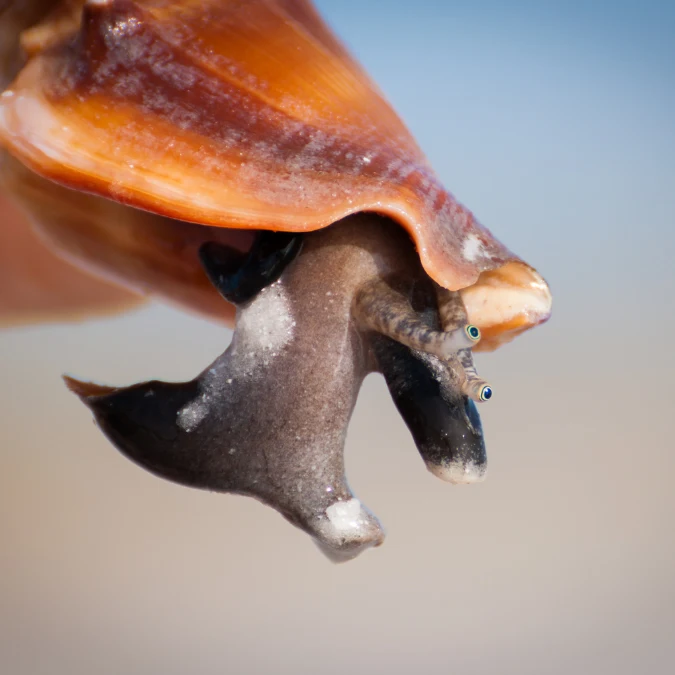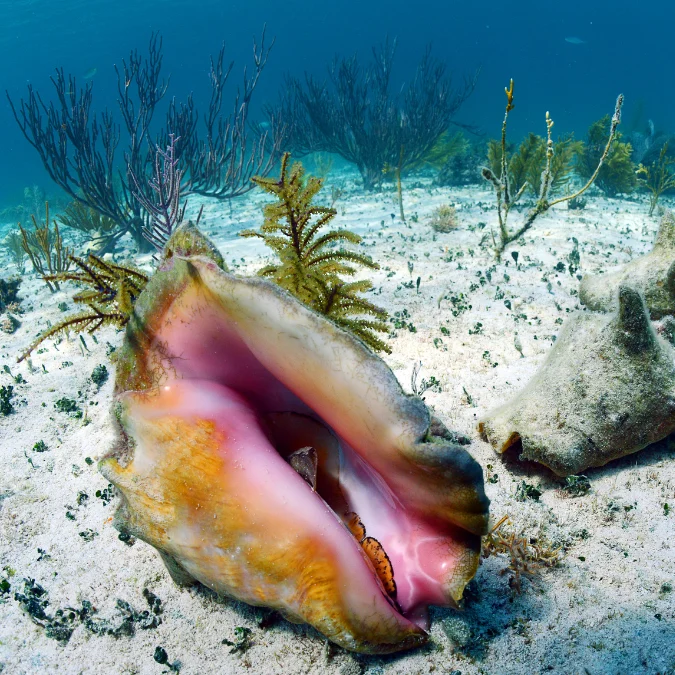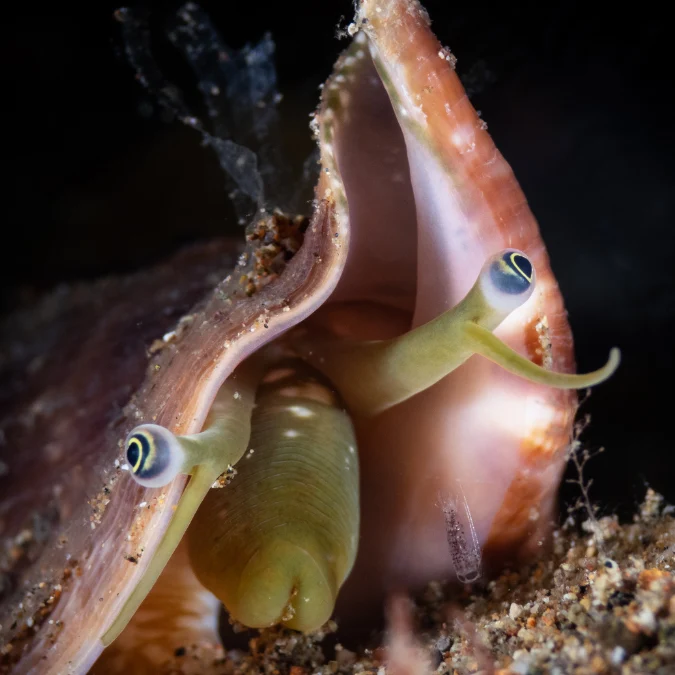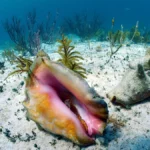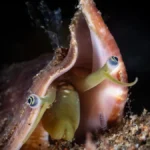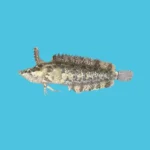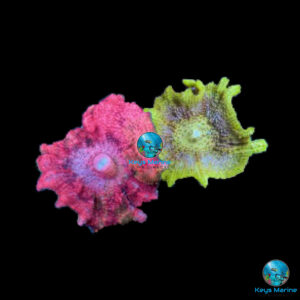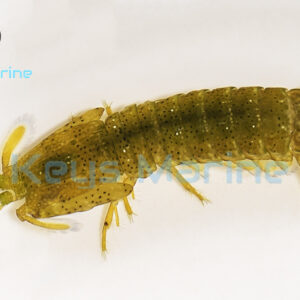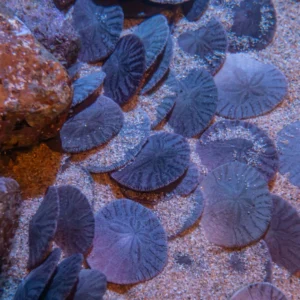Fighting Conch (Strombus alatus)
$9.99 $14.99
Despite its name, the Florida Fighting Conch is not aggressive, except for some territorial behavior among males of its species. It coexists peacefully with other tankmates, making it a valuable addition to home reef aquariums, particularly for its sand sifting abilities that clean and aerate the substrate.
The Fighting Conch is hardy but requires open, deep sand beds to search for food. Suitable for any size reef aquarium, larger tanks can accommodate multiple specimens. However, they have a strong appetite and need supplemental feeding, even in spacious aquariums. As omnivores, they feed on substrate debris, and their diet can be enhanced with fresh fish, dried seaweed, and high-quality frozen foods. Like other invertebrates, they are sensitive to high nitrate levels and cannot tolerate copper-based medications.
The term “fighting” refers to the males’ competitive breeding behavior, where they gently push away rivals, resembling a game of musical chairs rather than actual aggression. These snails can consume significant amounts of algae and grow up to 4-5 inches long and 3 inches high. They are recommended for tanks larger than 50 gallons due to their size and need for space to navigate, especially if the substrate is densely covered with rock.
Fighting Conchs are excellent at stirring and cleaning the substrate and can also be fed spirulina or fish flakes. They are robust but thrive best in aquariums that have completed the nitrogen cycle at least a month prior. The Florida Fighting Conch is particularly fascinating to observe, feeding with a trunk-like mouth and using its independently moving, long-stalked eyes. Adult Florida Fighting Conchs are typically shipped at around 3 inches in length.
Description
Scientific Name
Strombus alatus
Specifications
| Origin | Caribbean |
|---|---|
| Max Size | 1″ |
| Family | Strombidae |
| Provider | Keys Marine Life Direct |
